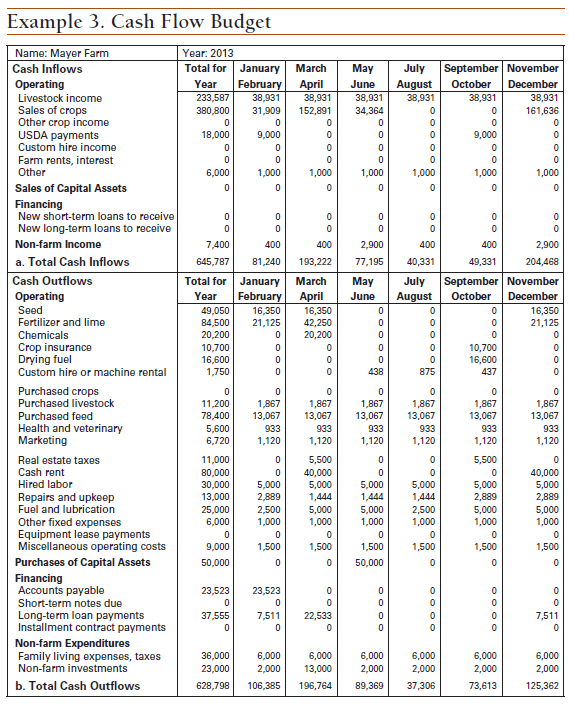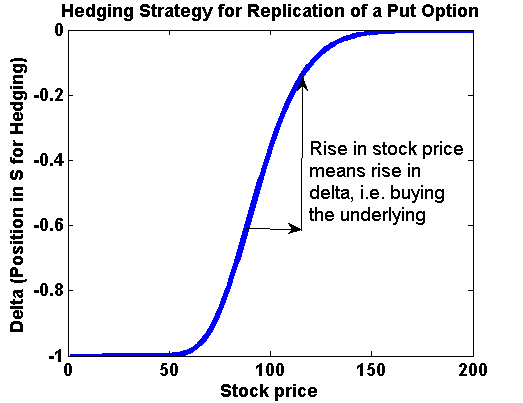

The methods used to calculate depreciation include straight line, declining balance, sum-of-the-years' digits, and units of production. As mentioned, the accumulated depreciation is not an expense nor a liability, but it is a contra account to the fixed assets on the balance sheet. Likewise, if the company’s balance sheet shows the gross amount of fixed assets which is the total cost, the accumulated depreciation will show as a reduction to the balance of fixed assets.
- Instead of expending the entire cost of a fixed asset in the year that it was purchased, the asset is depreciated, allowing the spread out of the cost so revenue can be earned from the asset.
- In this article, we will learn how to calculate accumulated depreciation in Excel in 9 easy ways.
- The accumulated depreciation for Year 1 of the asset’s ten-year life is $9,500.
For each of the ten years of the useful life of the asset, depreciation will be the same since we are using straight-line depreciation. However, accumulated depreciation increases by that amount until the asset is fully depreciated in year ten. Business owners can claim a valuable tax deduction if they keep track of the accumulated depreciation of their eligible assets.
It has a useful life of 10 years and a salvage value of $1,00,000 at the end of its useful life. Depreciation for the company is calculated using the straight-line method, which is $90,000 per year for the next 10 years until the value of the machinery becomes $1,00,000. Each year the accumulated depreciation account will increase by $90,000 per year. Therefore, for example, at the end of 5 years, annual depreciation is $90,000 but the cumulative depreciation is 4,50,0000.
Activity is swept to retained earnings, and a company “resets” its income statement every year. Meanwhile, its balance sheet is a life-to-date running total that does not clear at year-end. Therefore, depreciation expense is recalculated every year, while accumulated depreciation is always a life-to-date running total. Under the double-declining balance , a company calculates what it's depreciation would be under the straight-line method.
Accumulated depreciation journal entry
As a business owner, you need to pay attention to your financial accounting to adequately keep track of your company’s financial records. Businesses prepare their financial records in the form of financial statements such as income statements and balance sheets. Accumulated depreciation is used to calculate an asset’s net book value, which is the value of an asset carried on the balance sheet. The formula for net book value is cost an asset minus accumulated depreciation. Over time, the assets a company owns lose value, which is known as depreciation. As the value of these assets declines over time, the depreciated amount is recorded as an expense on the balance sheet.

If there is no opening of accumulated depreciation, then the ending balance is equal to the amount charged during the year. So since the life of the toy-producing machine above is 15 years, we will add together the digits representing the number of years of the life of the assets. The highlighted box in red is the Net Block value you will see in the company’s balance sheet for 2017.
Financial analysts will create a depreciation schedulewhen performing financial modeling to track the total depreciation over an asset’s life. Accumulated DepreciationThe accumulated depreciation of an asset is the amount of cumulative depreciation charged on the asset from its purchase date until the reporting date. It is a contra-account, the difference between the asset's purchase price and its carrying value on the balance sheet. It is important to note how accumulated depreciation expenses are not charging due to the changing of the depreciation method. In years two and three, the car continues to be useful and generates revenue for the company.
How to Add Text Prefix with Custom Format in Excel (4 Examples)
Accumulated depreciation refers to the total expense affixed to a fixed asset from the date it was put to use. This means that, regardless of when the actual transaction is made, the expenses that are entered into the debit side of the accounts should have a corresponding credit entry in the same period. The double-declining balance depreciation method is an accelerated method that multiplies an asset's value by a depreciation rate.
In order to calculate the depreciation expense, which will reduce the PP&E’s carrying value each year, the useful life and salvage value assumptions are necessary. Alternatively, the accumulated expense can also be calculated by taking the sum of all historical depreciation expense incurred to date, assuming the depreciation schedule is readily available. Now you know 9 accumulated depreciation formula different methods to calculate accumulated depreciation in Excel. Please let us know if you have any further queries and feel free to give us any recommendations in the comment section below. In this method, you will learn the use of the DB function to calculate accumulated depreciation. After that, use the following sum formula to calculate accumulated depreciation.

They credit the accumulated depreciation account every year with the yearly depreciation figure, the balance of which is shown in the company’s financial statements. By this, the company gets to know the total depreciation expense charged by the company on its assets since its purchase, thereby helping the concerned person keep track of the same. The accumulated depreciation account is a contra asset account on a company's balance sheet. It appears as a reduction from the gross amount of fixed assets reported. Accumulated depreciation specifies the total amount of an asset's wear to date in the asset's useful life.
The accumulated depreciation is the total amount of depreciation that has been taken on an asset up to the current period. Subtracting the accumulated depreciation from the original cost of the asset provides the book value of the asset. Accumulated depreciation is the total amount a company depreciates its assets, while depreciation expense is the amount a company's assets are depreciated for a single period. Essentially, accumulated depreciation is the total amount of a company's cost that has been allocated to depreciation expense since the asset was put into use.
Step 1. Balance Sheet Assumptions (Capex, PP&E Useful Life and Salvage Value)
In this article, you will learn everything you need to know about accumulated depreciation, how to calculate it, and the best accumulated depreciation calculators. Subsequent years' expenses will change as the figure for the remaining lifespan changes. So, depreciation expense would decline to $5,600 in the second year (14/120) x ($50,000 - $2,000).
Each year the contra asset account referred to as accumulated depreciation increases by $10,000. For example, at the end of five years, the annual depreciation expense is still $10,000, but accumulated depreciation has grown to $50,000. It is credited each year as the value of the asset is written off and remains on the books, reducing the net value of the asset, until the asset is disposed of or sold.
Under GAAP, the company does not need to retroactively adjust financial statements for changes in estimates. Instead, the company will change the amount of accumulated depreciation recognized each year. Under the sum-of-the-years' digits method, a company strives to record more depreciation earlier in the life of an asset and less in the later years.
Accumulated Depreciation Formula
On the other hand, the accumulated depreciation is an item on the balance sheet. The accumulated depreciation can then be calculated by multiplying the annual depreciation expense by the number of years that have passed. Seven years have passed since the purchase, and the company is calculating the accumulated depreciation using the straight-line method of depreciation. In accrual accounting, the “accumulated depreciation” on a fixed asset is therefore the sum of all depreciation since the date of original purchase.
How to Apply Cubic Spline Interpolation in Excel (with Easy Steps)
Accumulated depreciation helps to understand the total depreciation in running the fixed asset from its acquisition asset to its disposition asset. Generally Accepted Accounting Policies require that depreciation expenses be charged to all fixed assets based on the estimated economic life of each. Second, on a related note, the income statement does not carry from year-to-year.
The naming convention is just different depending on the nature of the asset. For tangible assets such as property or plant and equipment, it is referred to as depreciation. Watch this short video to quickly understand the main concepts covered in this guide, including what accumulated depreciation is and how depreciation expenses are calculated. At the beginning of the accounting year 2018, the balance of the plant and machinery account was $7,000,000, and the balance of the accumulated depreciation account was $3,000,000.
Now you can write the following sum formula to get the accumulated depreciation. To find out the depreciation of the full 7 years period, double-click the bottom right corner of cell D5. Now if you press Enter, you will get the accumulated depreciation in cell D13.
Subtract the estimated salvage value of the asset from the cost of the asset to get the total depreciable amount. To find it, subtract the salvage value from the asset’s original cost, divide the result by the asset’s valuable life, and multiply by the number of years. An asset's book value is the asset's original cost minus the accumulated depreciation.






